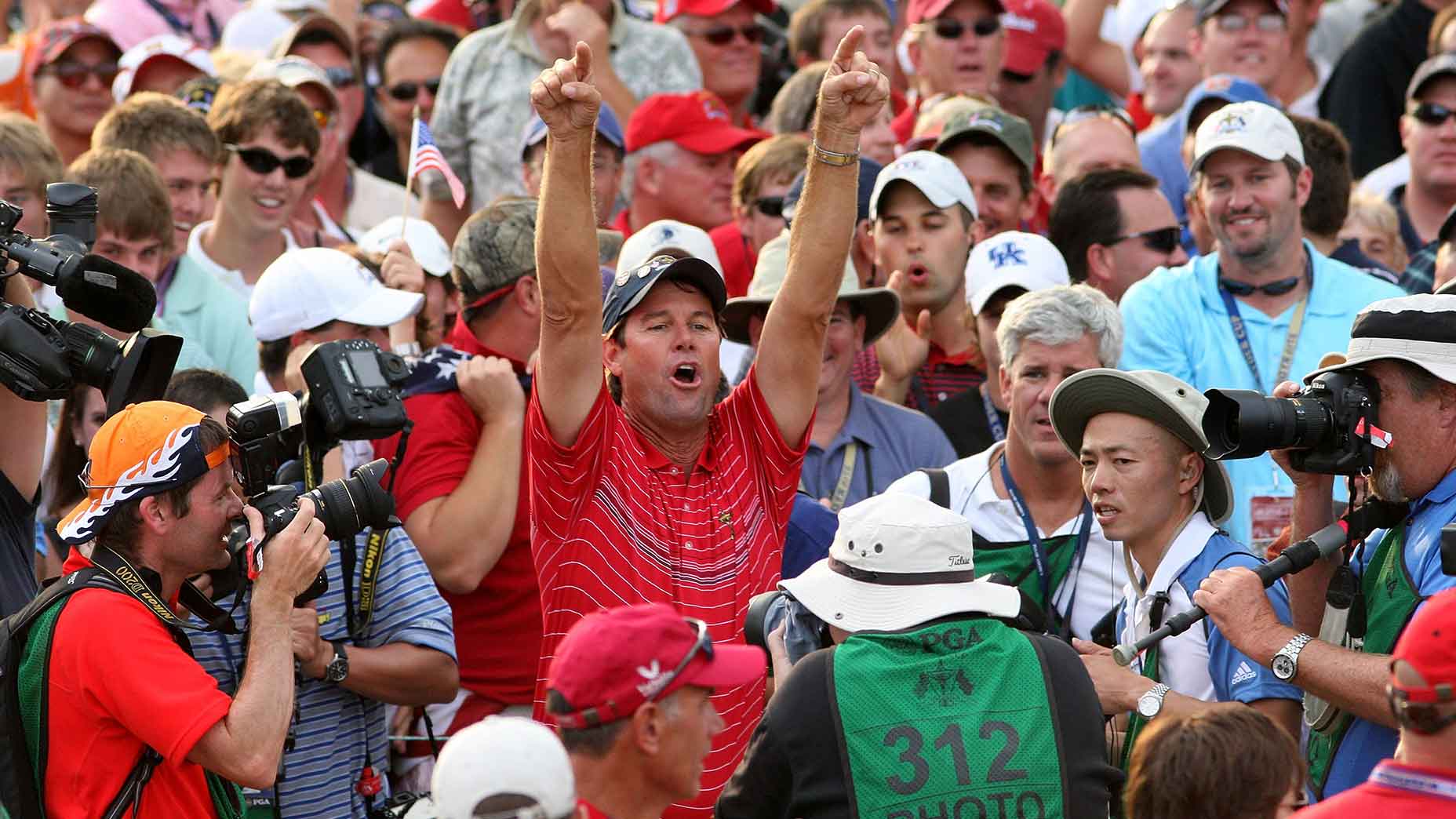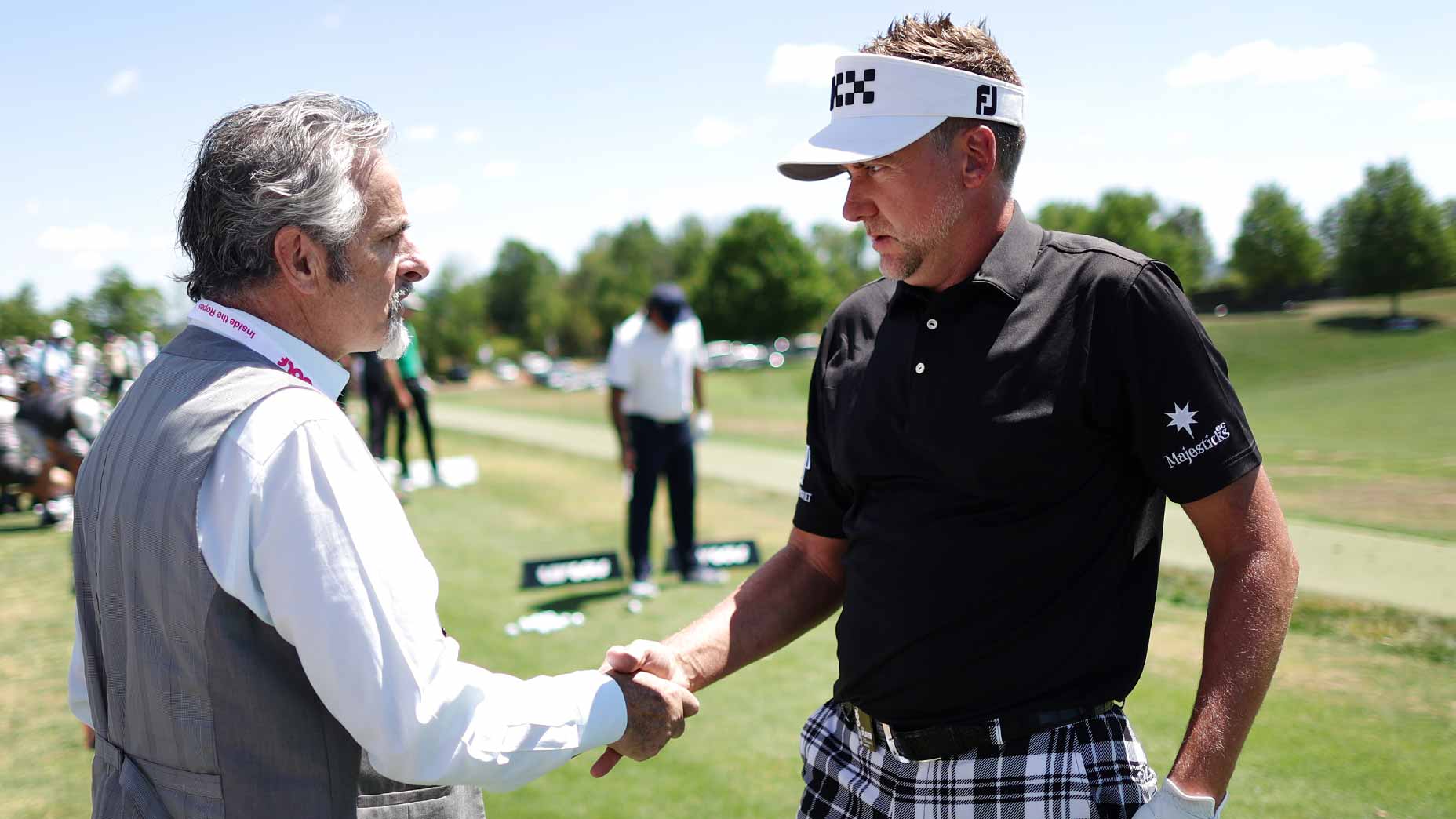It was just after 3 p.m. ET on Monday, and Golf Channel was coming up on the halfway point of a marathon.
For four hours that morning, the network had carried live, wall-to-wall coverage of the day’s biggest story: U.S. Open sectional qualifying. There were still six hours of live coverage left — most of which would come later in the evening — and now, in the mid-afternoon, it was time for a break.
This was good news for the nearly 150 Golf Channel workers spread out at qualifying sites across the United States. A long evening was ahead, with live coverage stretching close to midnight.
Suddenly, news broke. After months of silence, Phil Mickelson had just announced his intention to compete in the first LIV Golf event in London, and the U.S. Open soon after.
The tenor of the day quickly changed. Time for Golf Channel to shift gears. Qualifying was on the back-burner, at least for the next few hours.
Phil Mickelson breaks silence, confirms spot in LIV Golf field, intends to play majorsBy: Josh Berhow
Golf Channel’s coverage from “Golf’s Longest Day” returned at 6 p.m. ET, and with it, a flurry of new activity.
There were scoring updates from each of the nine qualifying sites, a pre-produced package with former NFL running back (and U.S. Open hopeful) Danny Woodhead, and vignettes from the teams of reporters out in the field.
Soon, the East Coast qualifying sites began wrapping up, and Golf Channel went back out again to the course, where reporters shared details on the players who’d punched their tickets into the national championship.
There were conversations with Tour pros who’d earned their way into the Open the hard way and updates on those who were still in the midst of qualifying — the sort of general chatter that’s typical of a golf broadcast.
But it wasn’t until after the initial wave of qualifiers ended that the coverage found its rhythm. First, it was through a teary-eyed interview with Keith Greene in Jupiter, Fla. Greene, a 29-year-old pro who’d flamed out on the PGA Tour Latinoamerica, shot four under on Monday to earn the third of four qualifying slots.
“This is a dream, man. Man, family and friends, belief in God,” Greene said, his eyes welling. “I just believed so much in myself. It’s just been hard, man. The family’s there, though. The texts from Mom and Dad. They believe in me. I’m just trying to do what I can, and I know I got it. It just takes so much out here.”
"It's just been hard, man. The family's there though. Mom, dad they believe in me. I'm just trying to do what I can out here. And I know I got it, it just takes a lot out here."
— U.S. Open (@usopengolf) June 7, 2022
Keith Greene is going to the #USOpen 🥺pic.twitter.com/q5zXHARCRy
And then again, through another emotional conversation — this time with Brady Calkins.
“A dream come true,” Calkins said, his voice cracking. “I’ve been a professional since I was 19. I’m 27 now, and this is my first time getting through.”
Golf Channel stuck on the air until close to midnight on the East Coast, finishing its coverage shortly after the day’s final qualifier in Bend, Ore., concluded.
It was an exhausting evening for the staff. The network had handled some 10 hours of live coverage from sectional qualifying on Monday, stretching itself thin to cover the sprawl of events. And to many golf fans, surely the coverage came as a much-needed respite.
As LIV Golf prepares to stage its first tournament this week, the debate over the huge sums of money now being poured into the game is reaching a critical mass. The cash, the player commits, the consequences: all have dominated golf’s news cycle. These are, of course, important and weighty conversations, and matters that should be discussed.
But Monday — well, some of Monday, anyway — was a break from all that, a reminder that there is also another very different side to the game, one occupied by grinders and dreamers.
Indeed, the soul of golf has little to do with appearance fees and purses, and every year, U.S. Open qualifying reminds us of this. It’s the game’s great unifier, the strand that connects Tiger Woods to Joe Schmoe.
Fans will be reminded of this again next week when the U.S. Open returns to The Country Club, the site, in 1913, of Francis Ouimet’s landmark Open win. Ouimet, an amateur, didn’t collect a dime that week.
Imagine that.











